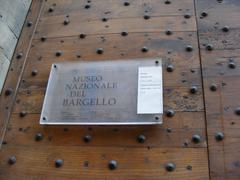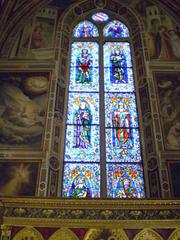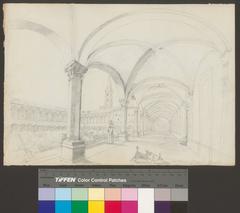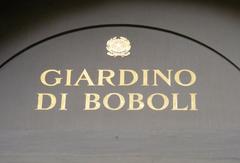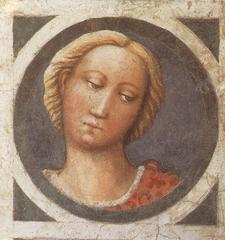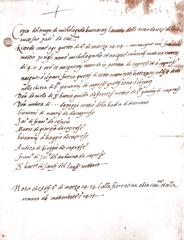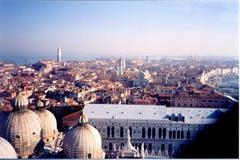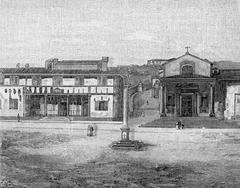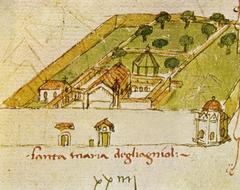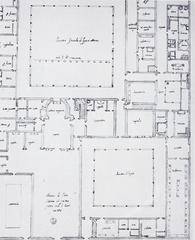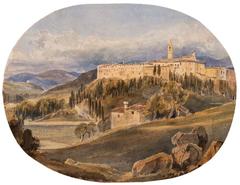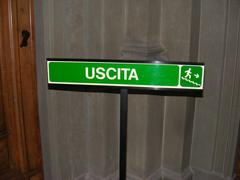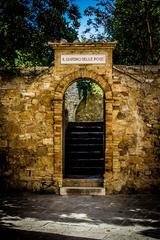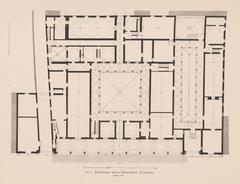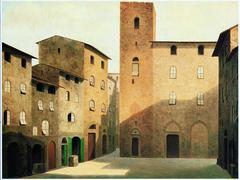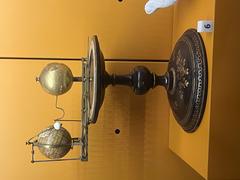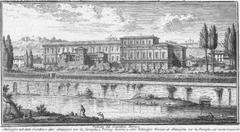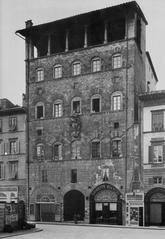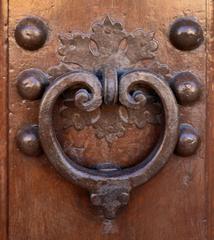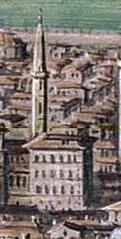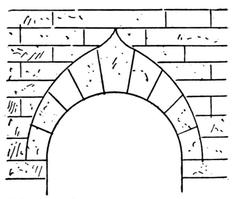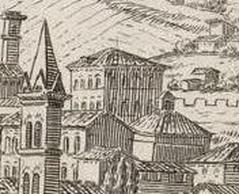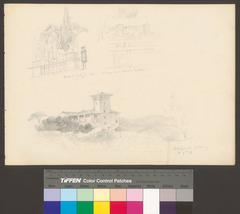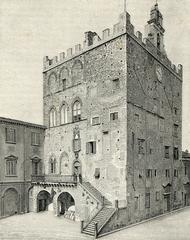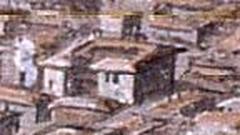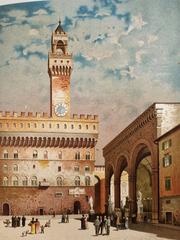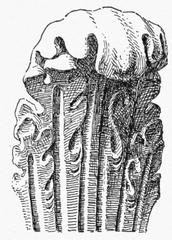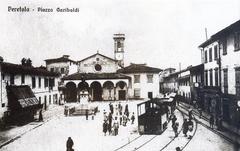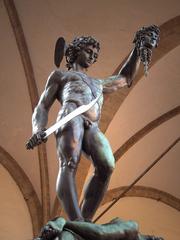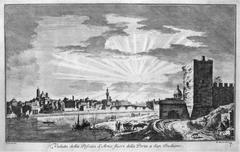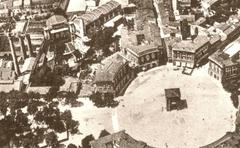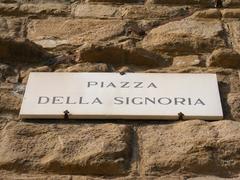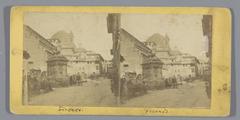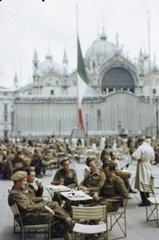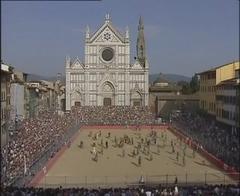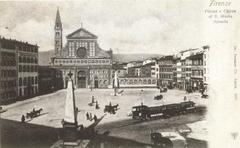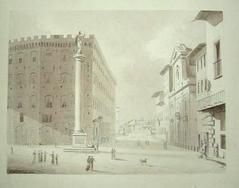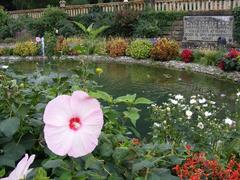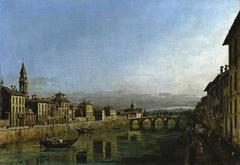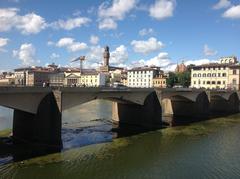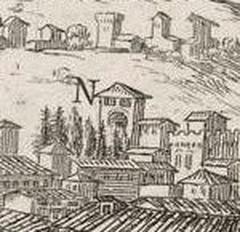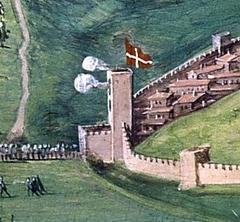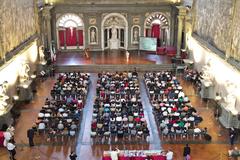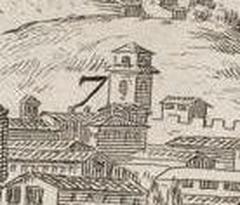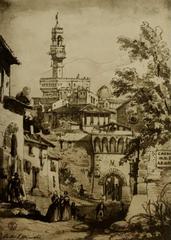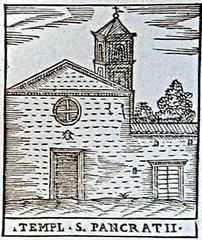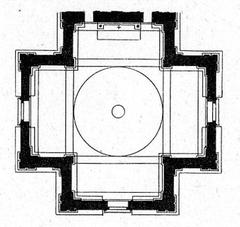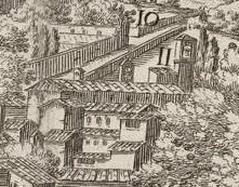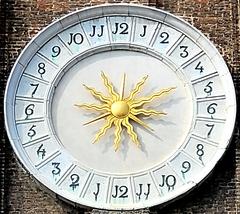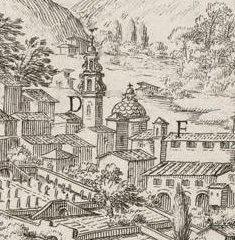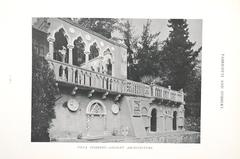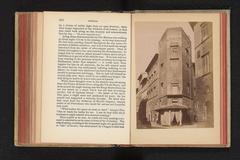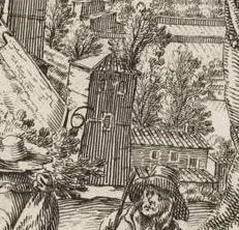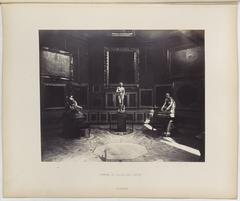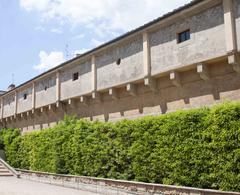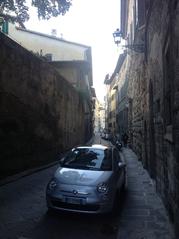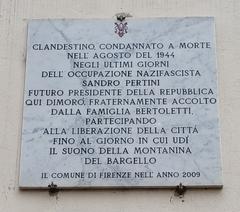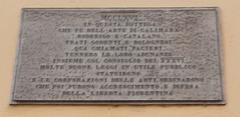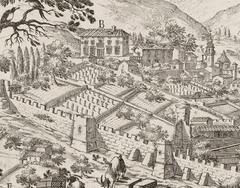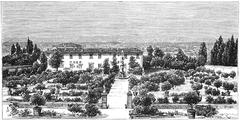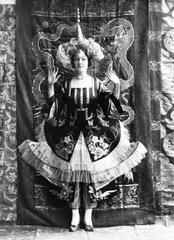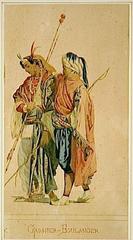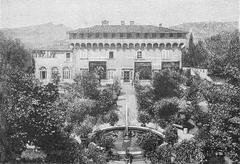Natural History Museum of Florence Botany Section: Visiting Hours, Tickets, and Visitor Guide
Date: 03/07/2025
Introduction
Florence is celebrated not only for its Renaissance art and architecture but also for its monumental contributions to botanical science. The Botany Section of the Natural History Museum of Florence, together with the Florence Herbarium and the Giardino dei Semplici, offers a unique exploration of centuries of plant study, scientific innovation, and cultural heritage. Established in 1545 under Medici patronage, these institutions chronicle the evolution of botanical science from the Renaissance era to the present day. This comprehensive guide covers visiting hours, ticketing, accessibility, top highlights, and essential visitor tips—ensuring enthusiasts and travelers can fully appreciate Florence’s botanical treasures. For further details, consult the official museum website (SMA Unifi), as well as trusted travel resources (Visit Tuscany) and cultural articles (The Florentine).
Table of Contents
- Discover the Botany Section of Florence’s Natural History Museum
- Foundations of Botanical Study in Florence
- Development of the Herbarium and Early Collections
- The Move to La Specola and Expansion
- Integration into the University of Florence
- Highlights of the Collection
- Visiting Information: Hours, Tickets, and Accessibility
- Travel Tips and Nearby Attractions
- Visual and Media Recommendations
- Frequently Asked Questions (FAQ)
- Legacy and Continuing Relevance
- Florence Herbarium: Historical and Scientific Treasure
- Visiting the Florence Herbarium: Practical Information
- Giardino dei Semplici: Visiting Hours, Tickets & Botanical Garden Guide
- Summary and Final Tips
- References and Further Reading
Discover the Botany Section of Florence’s Natural History Museum
Situated in central Florence, the Botany Section of the Natural History Museum provides an immersive journey into centuries of botanical discovery. Whether you are a passionate botanist, a history enthusiast, or a curious traveler, this guide covers everything you need for a rewarding visit—from access details and ticketing to collection highlights and practical advice.
Foundations of Botanical Study in Florence
Florence’s pivotal role in botanical science began in the Renaissance, notably under Cosimo I de’ Medici, who established the Giardino dei Semplici in 1545. This early medicinal garden provided living specimens for the study of botany and medicine. Luca Ghini, its first director, pioneered the herbarium technique, pressing and mounting plants—a practice that became foundational for botanical research.
Development of the Herbarium and Early Collections
Florence became a center for the development of herbaria, housing two of the world’s oldest: Abbot Merini’s (1540s) and Andrea Cesalpino’s (c. 1563). These collections, meticulously documented, offer invaluable insights into plant taxonomy and natural history.
In 1842, Filippo Parlatore established the Herbarium Centrale Italicum, unifying Italian botanical collections and greatly expanding Florence’s holdings. Notably, Philip Barker Webb contributed around 250,000 specimens and a comprehensive botanical library.
The Move to La Specola and Expansion
La Specola, founded in 1771 as the Imperial-Royal Museum of Physics and Natural History, became the principal home for Florence’s botanical collections. In 1878, the expanding collections moved to larger premises next to the Giardino dei Semplici, reinforcing the museum’s educational and research mission.
Integration into the University of Florence
The Botany Section joined the University of Florence’s Natural History Museum system in 1990, ensuring preservation, modernization, and integration with research and educational initiatives. It now operates alongside other specialized scientific museums.
Highlights of the Collection
- Extensive Specimens: Approximately five million plant specimens, including numerous type specimens crucial for species identification.
- Historic Herbaria: Early herbaria by Merini and Cesalpino, the Herbarium Centrale Italicum, and the Erbario Webb (with specimens collected by Darwin).
- Wax Botanical Models: Intricate models from 1771–1893, created for scientific education.
- Artistic and Cultural Objects: Still-life paintings by Bartolomeo Bimbi, Ginori porcelain, and plaster casts from the Boboli Gardens.
- Global Scope: Collections span flora from the Mediterranean, Africa, Asia, and beyond.
Visiting Information: Hours, Tickets, and Accessibility
- Visiting Hours: The Botany Section is open by appointment only (Nature.com). Other museum sections may have regular hours; always consult the official website.
- Tickets: Standard admission is €10; reduced rates (€5) apply to eligible groups. Some visitors (children under 6, certain students/staff, guides, and people with disabilities) enter free. Valid documentation required (SMA Unifi).
- Booking: Appointments are mandatory for the Botany Section. Contact via email ([email protected]) or phone (+39 055 2756209) in advance.
- Accessibility: The building is historic; some areas may be less accessible. Contact the museum for specific needs.
- Location: Via Giorgio La Pira, 4, 50121 Florence, Italy—central and well-served by public transport (SMA Unifi).
Travel Tips and Nearby Attractions
- Visit the adjacent Giardino dei Semplici for a living display of plant diversity.
- Combine with other museums: Museum of Geology and Paleontology, Florence Museum of Archaeology, and San Marco Museum.
- Early visits are quieter.
- Photography is allowed (no flash/tripods), but always check guidelines.
- Look for special events, workshops, or seasonal exhibitions.
Visual and Media Recommendations
For visual previews, explore the museum’s online galleries featuring wax models and historic herbaria. Interactive maps and virtual tours may also be available on the official website.
Frequently Asked Questions (FAQ)
Q: What are the Botany Section’s visiting hours?
A: Visits are by appointment only. Contact the museum directly to schedule.
Q: How much are tickets?
A: Adults €10; reduced €5; some categories free. See the official site for details.
Q: Is the museum accessible for people with disabilities?
A: Some areas are accessible. Contact the museum for specific support.
Q: Are guided tours available?
A: Yes, by arrangement. Contact educational services ([email protected]).
Q: Can I take photos?
A: Yes, for personal use (no flash/tripods); always confirm with staff.
Legacy and Continuing Relevance
Florence’s Botany Section, Herbarium, and Giardino dei Semplici are vital centers of research, education, and public engagement. Their collections and educational programs inspire both scientists and the public, ensuring the city’s botanical legacy endures.
Florence Herbarium: Historical and Scientific Treasure
Historical Development and Legacy
The Florence Herbarium is one of the world’s most significant botanical collections, with roots in the Renaissance and a legacy of ongoing scientific advancement. Its earliest herbaria, such as Cesalpino’s, are foundational to plant taxonomy (Herbarium World; Wikipedia).
Scope and Structure
- Phanerogamic Collections: Over 4 million seed plant specimens.
- Cryptogamic Collections: More than 600,000 specimens (mosses, lichens, fungi, algae) (JSTOR Plants; SMA Unifi).
- Herbarium Centrale Italicum: Founded in 1842, a major national collection.
Scientific Significance
The herbarium is a reference center for taxonomy, conservation, and historical research. It holds numerous type specimens and unique historical collections, including the Cesalpino and Micheli-Targioni herbaria (Herbarium World).
Cultural and Educational Value
The Herbarium’s wax botanical models, still-life paintings, and rare manuscripts highlight the city’s blend of science and artistic heritage (The Florentine).
Visiting the Florence Herbarium: Practical Information
- Hours: Open mornings except Wednesdays and all day Saturday. Confirm on the official website.
- Tickets: Standard fees apply; discounts for students and groups.
- Location: Via La Pira, 4, Florence.
- Guided Tours: Available by booking.
- Accessibility: Some accommodations available; contact in advance.
- Photography: Allowed in certain areas (no flash/tripods).
- Nearby Attractions: Museo La Specola, Palazzo Pitti.
Giardino dei Semplici: Visiting Hours, Tickets & Botanical Garden Guide
Historical Background
Founded in 1545 by Cosimo I de’ Medici, the Giardino dei Semplici is the third oldest botanical garden in Europe. Initially used for medicinal plants to support university studies, it has evolved into a vital center for plant conservation and education (visittuscany.com; wikipedia.org).
Layout and Collections
Covering 2.3 hectares, the garden preserves its Renaissance character and features approximately 6,000 specimens across 4,500 species. Highlights include ancient trees, extensive greenhouses, medicinal plants, and rare botanical collections (museumsinflorence.com; theflorentine.net).
Visiting Hours and Tickets
- Hours: Daily (except Mondays) 10:00 AM–7:00 PM; closed select holidays (visitflorence.com).
- Tickets: Standard €6; discounts for children, students, seniors. Included in the Firenzecard circuit (theflorentine.net).
- Accessibility: Most paths are accessible; some uneven surfaces—check ahead if needed.
Visitor Experience
Enjoy peaceful walking paths, thematic plantings, greenhouses, and educational signage. Allocate 1–2 hours for a thorough visit. Photography is permitted for personal use.
Educational Resources
Regular guided tours, workshops, and digital resources are available, managed by the University of Florence (sma.unifi.it).
Conservation and Research
The garden preserves rare and endangered plant species and supports ongoing scientific research and international collaborations (bgci.org).
Summary and Final Tips for Visiting the Natural History Museum of Florence Botany Section
The Botany Section, Florence Herbarium, and Giardino dei Semplici form a nexus of science, history, and culture in Florence. Their pioneering collections and educational programs continue to engage visitors and researchers alike. Plan appointments and ticketing in advance, check accessibility, and consider combining your visit with other nearby museums and gardens. For the latest information, consult the official museum website and use digital resources such as the Audiala app to enhance your experience (SMA Unifi; Visit Tuscany).
References and Further Reading
- SMA Unifi – Natural History Museum of Florence
- Herbarium World
- JSTOR Plants – Florence Herbarium
- Visit Tuscany – Giardino dei Semplici
- The Florentine – Botanical Gardens & Natural History Museum
- Visit Tuscany – Natural History Museum Florence
- Wikipedia – Museo di Storia Naturale di Firenze
- Guidatoscana – Museum Information Florence
- Nature.com – Botany Section Florence
- Visit Florence Museums
- Museums in Florence – Botanical Garden
